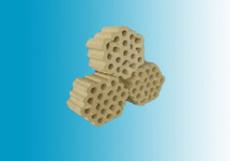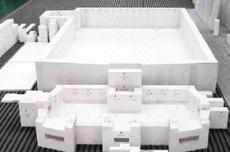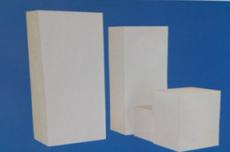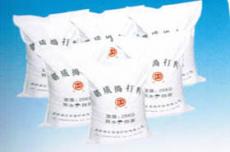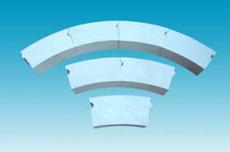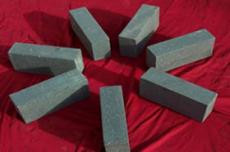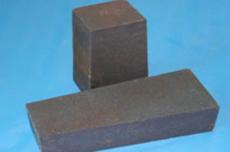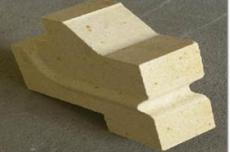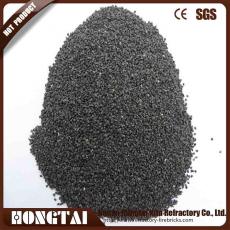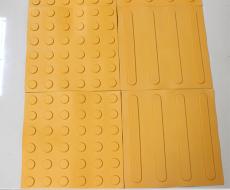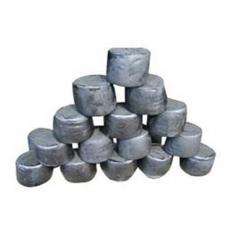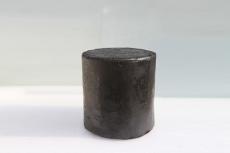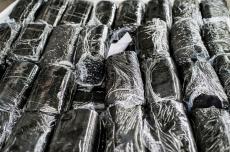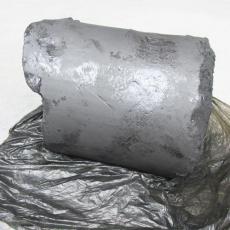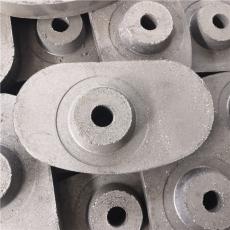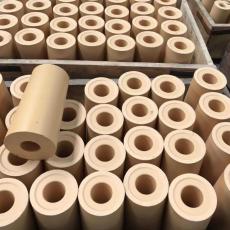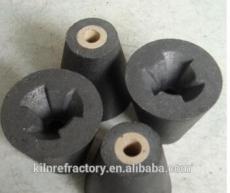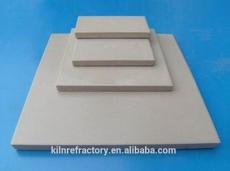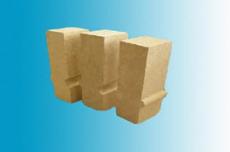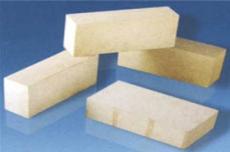
Industrial furnace lining generally have three forms, namely, refractory brick lining, the whole and prefabricated block lining and refractory fiber lining, the following detailed description of the next.
(1) brick lining
The brick lining is made of refractory bricks, including standard refractory bricks and profiled bricks. All kinds of industrial furnace different parts due to the working temperature, working conditions, heat load, etc., should be appropriate to choose the appropriate refractory bricks and mud. The advantages of brick lining, can be any combination, not only for small furnaces, but also for large stoves, the different parts of the flexible selection of different types, different nature, different grades of refractory bricks. The disadvantage of brick lining is the integrity and tightness of the seal, the construction efficiency is low.
(2) the whole and prefabricated block lining
This type of lining is mainly made of plastic, heat-resistant concrete, castable and other refractory lining.
The main advantage of this type of lining is that the lining of the overall and air tightness, lining life is higher than the brick lining, can achieve mechanized construction operations, high construction efficiency. The disadvantage is that the refractory material must be used within the validity period, too fine 0 performance degradation or failure. Repair lining is not as flexible as brick lining. Construction requires some mechanical equipment.
(3) refractory fiber lining
The advantages of refractory fiber lining: heat and heat loss is small, the furnace heating speed, this lining can receive a satisfactory energy saving effect and improve the furnace operating rate. Especially the industrial work of the cycle, these advantages are more obvious. However, the range of refractory fiber linings is not as good as brick and monolithic lining, and the fiber lining can not be in contact with slag and solid charge. Due to the high temperature (long-term work above 1300 ℃) fiber is expensive, so the refractory fiber lining in the application of low-temperature furnace more.
